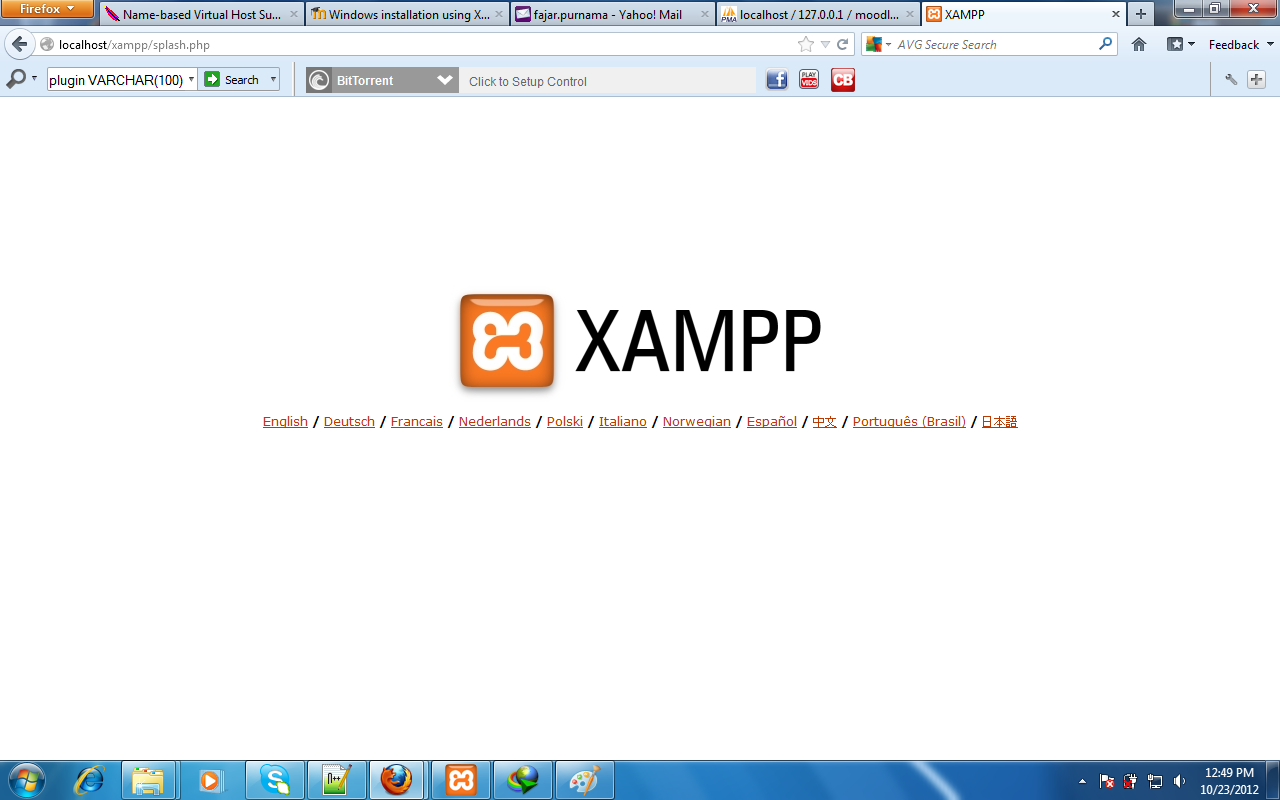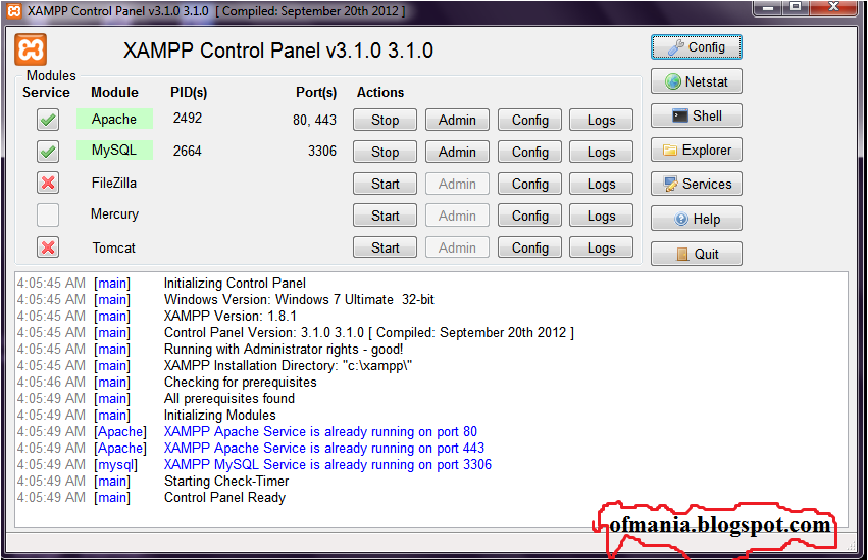

Navigate to XAMPP's installation directory ( C:\xampp).We can now start our web server and create the files and directories we're going to use for our login system. Sessions are saved on the server and are associated with a unique ID that is saved in the browser.

Session Management - Initialize sessions and store retrieved database results.Basic Validation - Validating form data that is sent to the server using GET and POST requests (username, password, email, etc.).Prepared SQL Queries - How to properly prepare SQL queries to prevent SQL injection and therefore prevent your database from being exposed.Form Design - Design a login form with HTML5 and CSS3.It's not necessary to install all the software separately with XAMPP.ġ.2.

It includes PHP, MySQL, Apache, phpMyAdmin, and more.


 0 kommentar(er)
0 kommentar(er)
